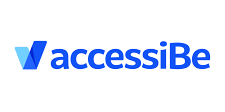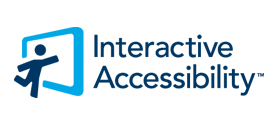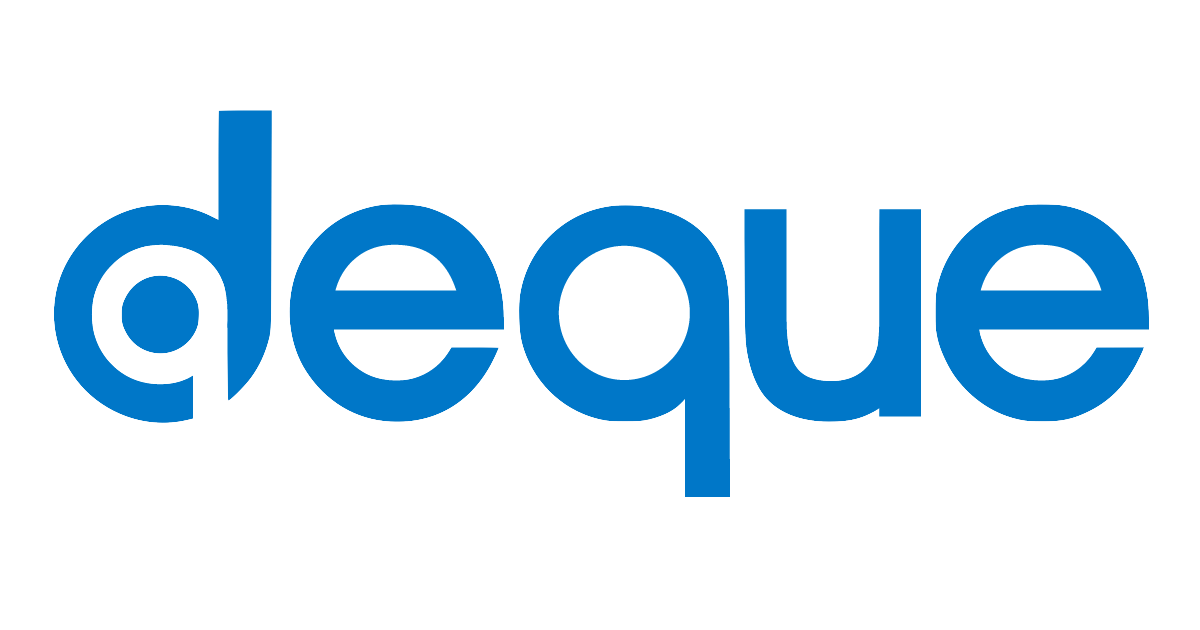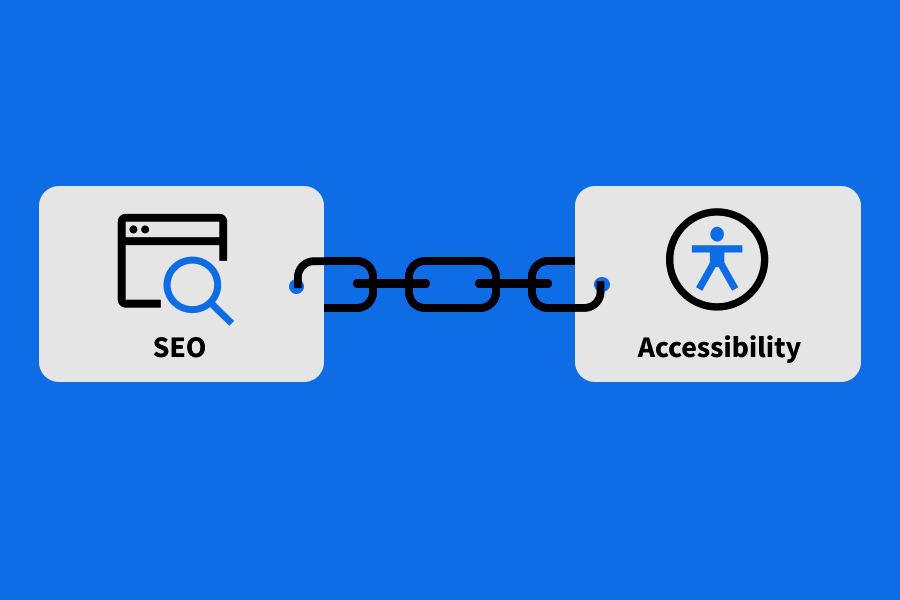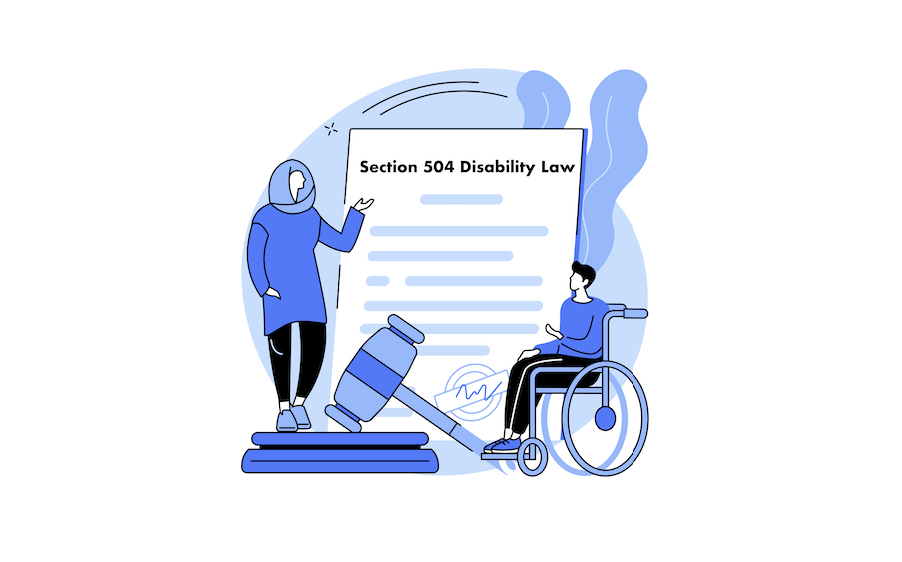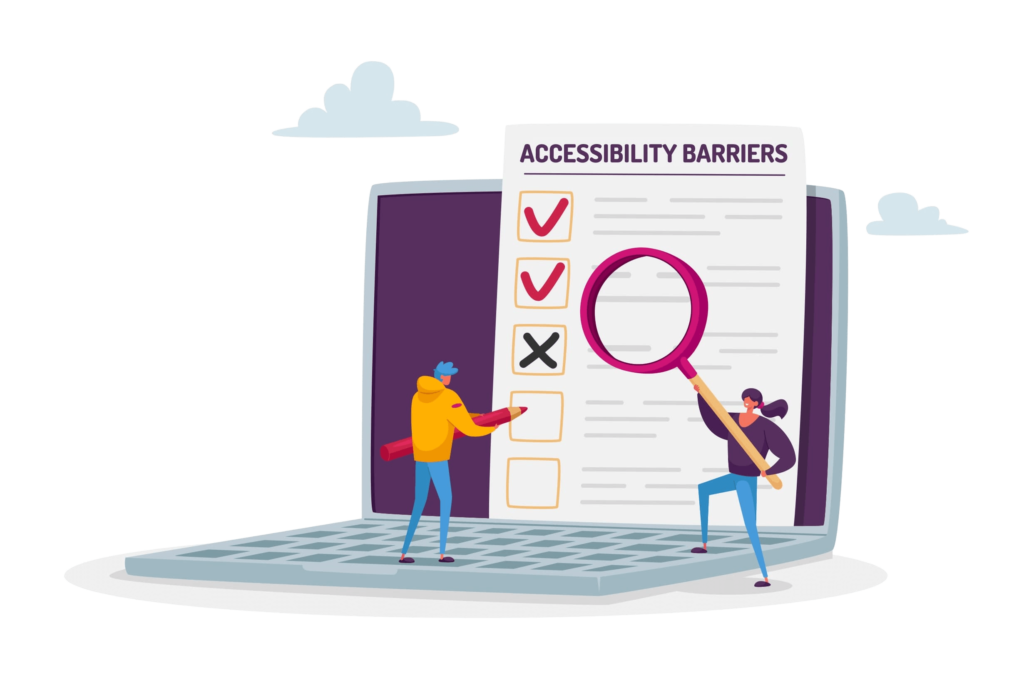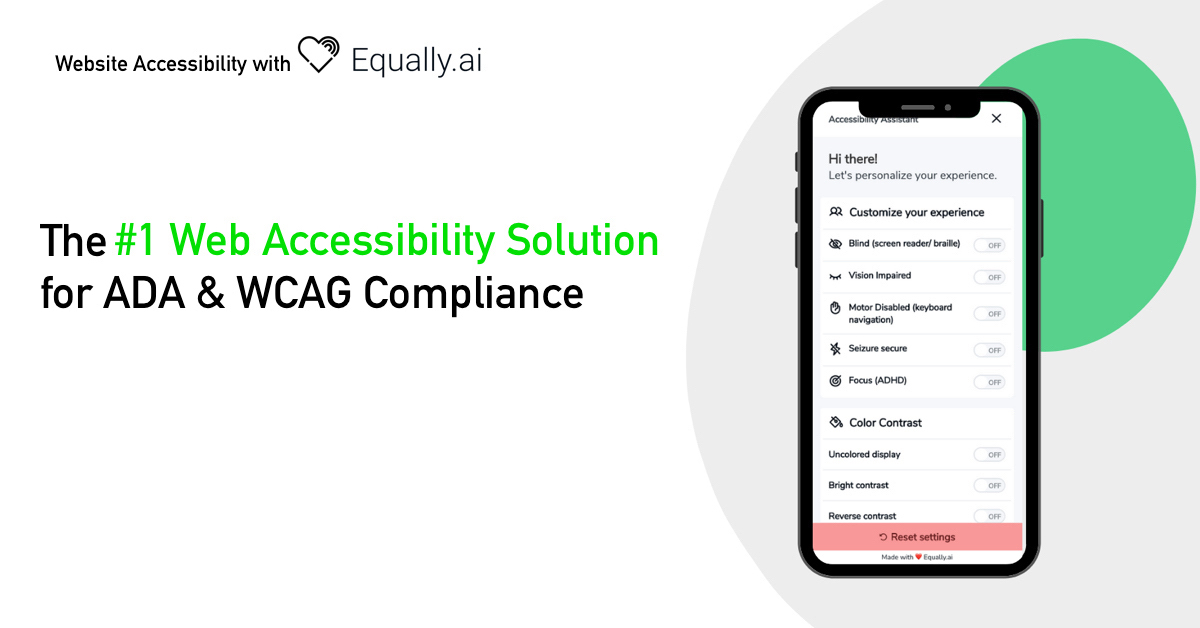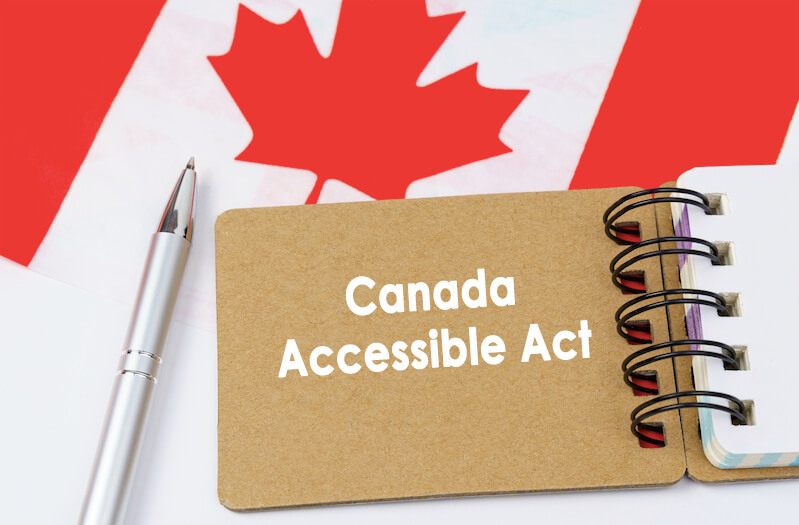
In a bid to create a barrier-free country, the Government of Canada has commenced delivering its commitment to bring into existence the Accessible Canada Act, which will help remove obstacles and increase access and opportunities for persons with disabilities.
Canada Accessible Act
Carla Qualtrough, the Minister of Employment, Workforce Development, and Disability Inclusion, highlighted the first-ever Accessible Canada Regulations as intended in Canada Gazette (Part 1) on February 15, 2021. The proposed regulations under the Accessible Canada Act were drafted following consultations with disability stakeholders and federal regulated entitles. It is projected to lead Canada towards the attainment of a barrier-free country by 2040.
In her words, “The publication of proposed regulations under the Accessible Canada Act is putting our commitment to creating a barrier-free Canada into action. These regulations are essential and will embed accessibility into the work we do. (And as such) the Government looks forward to receiving comments and feedback from the disability community, federally proposed entities, and all Canadians on the proposed regulations.
“Their voices and engagements are essential to the successful implementation of the Act. Together, we can achieve a fully accessible and inclusive Canada.”
Hence, the proposed regulations would;
- Establish for federally regulated entities a foundation to include accessibility measures into their operations.
- Require organizations to generate and publish accessibility plans, progress reports and set up feedback processes to enable them to identify and remove new and existing barriers to disabled persons.
- Establish an administrative framework for monetary penalties should there be non-compliance on the part of the federally regulated entities.
Advancing the Canadian Government’s Goal
To further promote the Government’s attempt to have a barrier-free country, the Canadian Transportation Agency is also proposing implementing planning and reporting regulations in Canada Gazette (Part 1). This would apply to transportation service providers in the transportation network.
Therefore, Canadians will have to review and pass comments on two sets of proposed regulations before adoption, as every citizen is expected to participate in the regulatory process. This is in line with the “Nothing without us” principle of the Accessible Canada Act. Besides, unlike the 30 days usual consultation period, they will have a double chance to give meaningful contributions due to the ravaging effects of COVID-19.
This time, a period of 65 days from the date of publication in the Canada Gazette is set aside for the citizens to put forward their review and comments on both regulations. Also, the Canadian Government will host technical briefings on the Accessible Canada Regulations with stakeholders to ease participation in the regulatory process.
Priority Areas Organizations Must Focus On
Federally regulated entities such as Government departments and agencies, Crown corporations, and federally regulated private sector are key organizations that should comply with the proposed regulations. The Royal Canadian Mounted Police and the Canadian forces are also included. They should focus and intensify their efforts to identify, remove, and prevent barriers in seven priority areas.
These areas have been enacted into the Accessible Canada Act since July 11, 2019, when it became a law. The seven priority areas include:
- System and service development and distribution
- Employment
- The built environment
- Information and communications technologies
- The procurement of goods, services, and facilities
- Communication
- Transportation
Proposed Deadlines for Accessibility Plans and Reports
To ensure proper enforcement of the proposed Accessible Canada Regulations, the following rules are made:
- The Federal government, the Canadian forces, and Crown corporations must publish their first plans by December 31, 2022.
- Large businesses with 100 employees and above must publish their first plans by June 1, 2023.
- Small businesses with employees between 10 and 99 must publish their first plans by June 1, 2024.
- Businesses with less than ten employees are exempted from publishing accessibility plans, progress reports, and feedback processes.
- The rules do not apply to First Nations Band Councils for five years.
Besides, organizations must include the following selected headers in their accessibility plans:
- General, such as its address, phone number, and email address, amongst other contact information.
- Priority areas of the Accessible Canada Act.
- Consultations to show how persons with disabilities are consulted on the plan.
Overall, organizations have 48 hours to publish the required documents. However, the documents must be published online if the organizations have an online presence with strict compliance with the WCAG, level AA in English and English languages. This would allow people with disabilities to use them more easily. On the other hand, organizations that do not have an online presence must keep copies somewhere that are visible and accessible to the public.
In addition, their accessibility plans and reports must be available in print, large print, Braille, audio recording, and electronic text so they can be accessible and usable by people with disabilities.
Proposed Sanctions for Possible Violations
To encourage organizations to follow these rules, the proposed regulation will determine sanction concerning the gravity of the possible violations which the Accessibility Commissioner can use. Violations are categorized into minor, serious, and very serious. An example of a minor violation includes not publishing an accessibility plan or not consulting people with disabilities when preparing the plan. This attracts a penalty amount between $250 and $75,000.
Ignoring an order from the Accessibility commissioner to either stop breaking the rules or hand over records and information is a serious violation. If anyone is found guilty, such a person will have to pay a fine between $2,500 and $250,000. For the very serious violations, the penalty amount falls between $6,500 and $250,000.
The right amounts for these sanctions are imposed by the Accessibility commissioner based on some list of factors. Besides, paying the penalty in less than 15 days will reduce the amount by 10%.
Conclusion Accessible Canada Act
In conclusion, the proposed Accessibility Canada Regulations would benefit people with disabilities. It would equally benefit Canadian employers and employees. For employers, they would succeed in creating an inclusive workplace for their subordinates. Also, employees would feel at ease at their different workplaces knowing there are no barriers. Hence, they would be more confident and productive. Learn more about the web accessibility laws in Canada – AODA.


